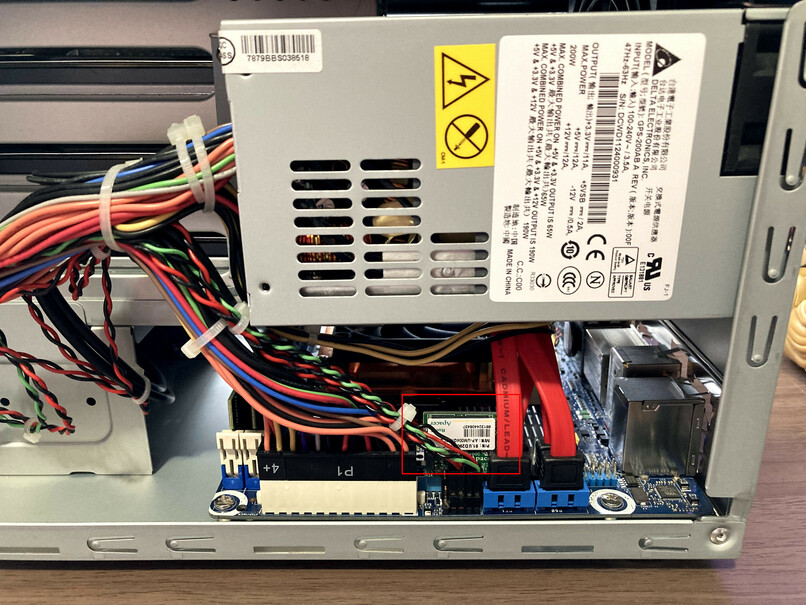
Now follow the installation guide below according to the Windows OS version you’re using. The same steps can also be used to upgrade the existing drivers installed on your PC to the latest version available.
#Usb 2.0 driver upgrade install#
So, you will need to manually install it on your Windows PC. The Google USB Drivers come in the form of an ‘android_winusb.inf’ setup information file, rather than a Windows executable. Here ‘android_sdk’ is the folder where the Android SDK is installed on your PC. Simply select ‘Accept’ and click on ‘Next’.Īndroid Studio will now download the Google USB drivers to ‘ android_sdk\extras\google\usb_driver\‘ on your PC.
#Usb 2.0 driver upgrade zip file#
Once downloaded, extract the ZIP file to a suitable location on your computer.

Note: If you’re using macOS or Linux, you would not need these drivers. In our personal experience, downloading the ZIP package directly is easier than using the Android Studio. The former method, on the contrary, will require you to manually check if a newer driver version is available and download it again. The latter gives an added benefit, that is the SDK Manager will automatically notify you when a newer version is available. Or, you can use the SDK Manager in the Android Studio to download it. You can either download the Google USB Driver ZIP file manually. Now, there are two different ways/methods to download the USB driver on Windows.
#Usb 2.0 driver upgrade how to#

To sum up, the drivers are useful in various situations. So you can install them on your PC to use ADB (Android Debug Bridge) for debugging apps and ROMs, or use Fastboot to unlock the bootloader or flash factory images on your Pixel/Nexus device. Google USB drivers also act as ‘ Android ADB and Fastboot Drivers‘.


 0 kommentar(er)
0 kommentar(er)
